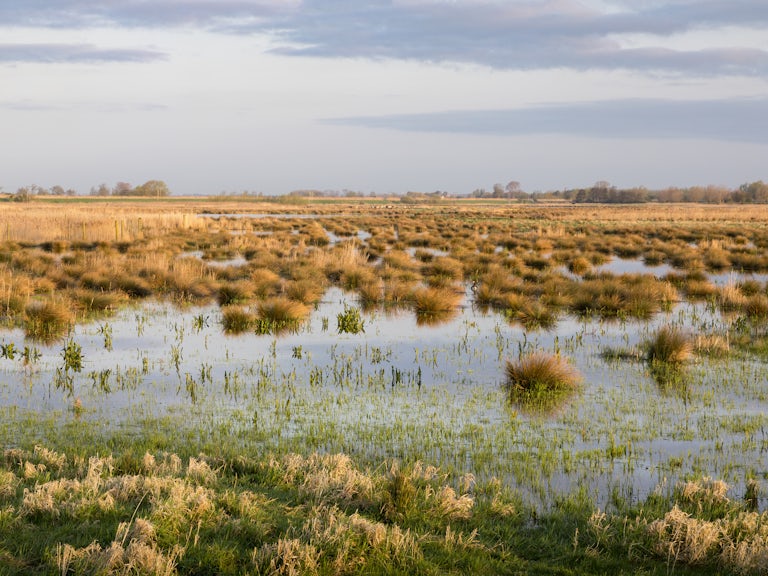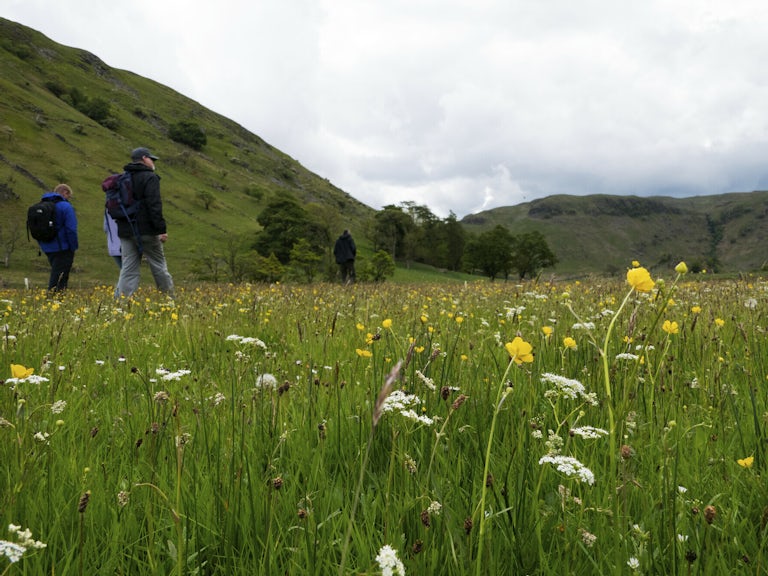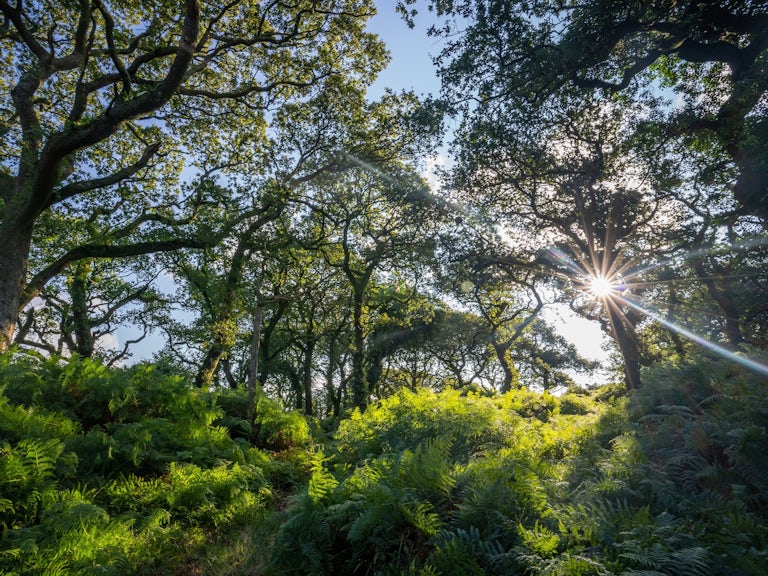We need swift and decisive action to tackle climate breakdown
Gillian Burke, biologist, writer and TV presenter shares her support for our petition asking the UK Government to restore nature to help stop climate breakdown.

Published 18/04/2019
When I was growing up, the big scary story of the time, along with mutually assured nuclear destruction, was the breakdown in the atmosphere’s ozone layer. I remember clearly how this story broke across the news channels: there was a rainbow-coloured NASA image looking down at the earth’s southern axis and over Antarctica hovered a dark, violet hole threatening to get larger and larger. My child brain broke the information down into bite-size chunks. There’s a hole in the atmosphere. It’s getting bigger, and we’re all going to die.
To be fair to my younger self, I think this is how most people took this news. Crucially, so did our world leaders who reacted with swift and decisive action to phase out the use of chlorofluorocarbons or CFCs – the smoking gun in the ozone-hole story.
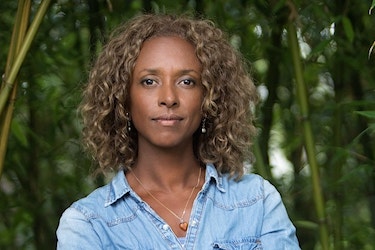
It’s a complex piece of science (and we may not be out of the woods just yet) but a direct result of that decision is that, in less than 25 years, atmospheric CFCs levels have fallen and there are signs that the ozone layer is healing .
For me, this story is a bright beacon on the horizon as one global threat gives over to the next planet-sized problem of modern times — climate change – and solving it is going to take something greater than the power of human thought, and that’s the power of nature.
Nature is our greatest ally in this climate emergency
Rewilding is a process where ecosystems are restored to the point that they manage themselves. One lucky spin-off of regenerating healthy, naturally functioning ecosystems is that it can help reduce atmospheric carbon dioxide. Habitats like woodland, wetland, peatland and even marine environments like sea grass meadows all absorb carbon dioxide from the atmosphere, locking it away in living tissue and sediment.
Rewilding isn’t just about striking a deal with nature to help balance the carbon exchange equation, it could also help slow down extinction rates. Think of it as a two-for-the-price-of-one solution to restoring nature’s own built-in resilience to ride out the blips and spikes of a changing climate by enriching the diversity of life.
We’ve saved the world once, we can do it again
As the global response to the hole in the ozone has shown, change can happen and it can happen fast, but the key ingredient is political will and resolve to act and recognise that nature is our biggest ally in the race against climate breakdown.
Rewilding has already returned some of the most heavily worked landscapes into thriving, healthy habitats underpinned by the recovery of once rare and keystone species. What we’ve seen in these tiny pockets of hope is, give nature an inch, and she’ll take a mile. And thank you-know-what for that.
Gillian Burke is a biologist, writer and TV presenter.
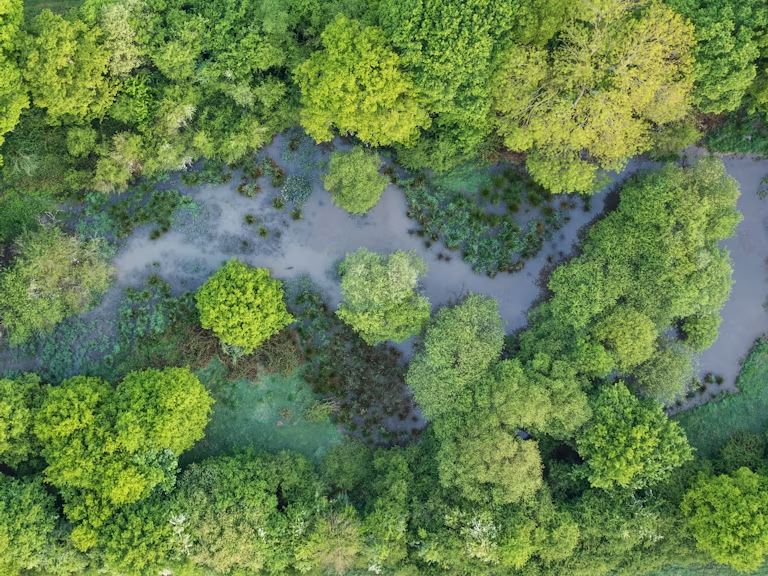
Explore our Rewilding Manifesto
We need UK Government to Think Big and Act Wild for nature, people and planet.
Learn more
Our vision
We have big ambitions. Find out what we’ve set out to achieve through rewilding.
Our 2025-2030 strategy
